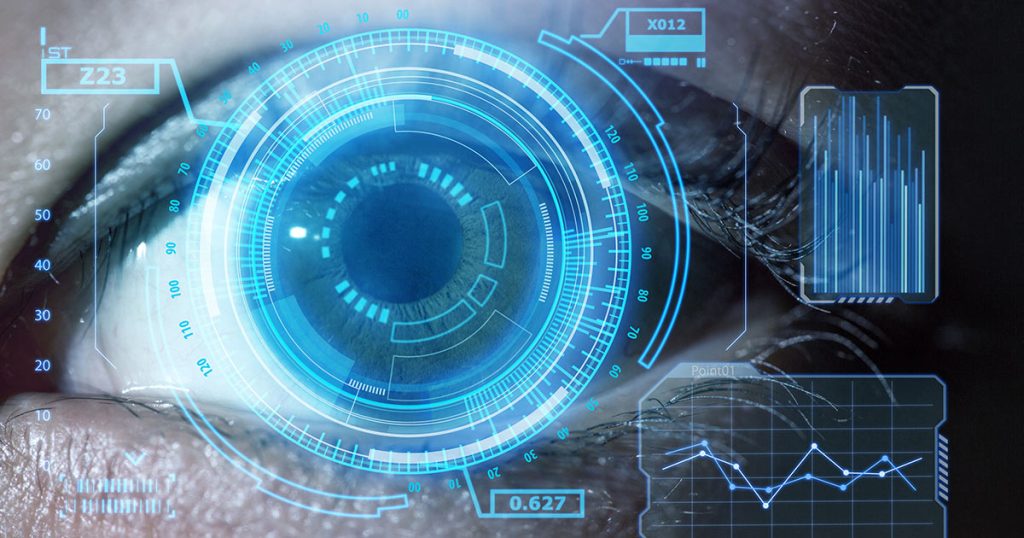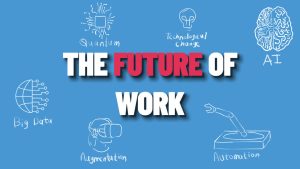Computer Vision: Understanding the Basics

Computer Vision
Computer vision is a multidisciplinary field of study that enables computers to interpret and understand visual information from the world, much like how humans perceive and process images and videos. It combines elements from computer science, artificial intelligence, and image processing to develop algorithms and models that can analyze and extract meaningful insights from visual data.
Image to video conversion is a fascinating application of this interdisciplinary approach, transforming static images into dynamic video content using advanced algorithms.
At its core, computer vision aims to replicate human vision capabilities using machines. This involves tasks such as object recognition, image segmentation, facial recognition, and scene understanding. By harnessing the power of computers and advanced algorithms, computer vision systems can process large amounts of visual data quickly and accurately.
What is one example of computer vision?
An example of computer vision in action is facial recognition technology, which is widely used in applications like unlocking smartphones, surveillance systems, and identity verification. Facial recognition algorithms analyze the unique features of a person’s face, such as the arrangement of eyes, nose, and mouth, to identify individuals.
Applications of Computer Vision in the Real World
Computer vision has found applications in various industries, including healthcare (for medical image analysis), automotive (for self-driving cars), agriculture (for crop monitoring), and retail (for cashier-less checkout systems). It’s also used in augmented reality apps, where virtual objects are seamlessly integrated into the real world.
Computer Vision for Beginners: A Gentle Introduction
For beginners, computer vision might seem daunting, but it’s essentially about teaching computers to see and understand images and videos. Beginners can start by learning about basic image processing techniques, object detection, and exploring popular computer vision libraries like OpenCV.
Further Answers and questions
- How does computer vision work with an example?
Computer vision works by training algorithms on labeled datasets to recognize patterns and features in images. For example, in self-driving cars, computer vision systems analyze video streams from cameras to detect lane markings, other vehicles, and pedestrians, enabling the vehicle to make driving decisions.
- What is computer vision used for?
Computer vision is used for a wide range of tasks, including image and video analysis, facial recognition, medical diagnosis, quality control in manufacturing, and even assisting the visually impaired through applications like object recognition.
- What is the aim of computer vision?
The aim of computer vision is to enable machines to understand and interpret visual information accurately, which has numerous practical applications in automation, surveillance, healthcare, entertainment, and more.
- What technology is used in computer vision?
Computer vision relies on various technologies, including machine learning (especially deep learning), image processing, cameras, sensors, and specialized hardware like GPUs for accelerating computations.
- What is the difference between computer vision and AI?
While computer vision is a subset of AI, AI encompasses a broader range of technologies and techniques for simulating human intelligence, including natural language processing and decision-making. Computer vision specifically focuses on visual data interpretation.
- Is computer vision just machine learning?
Computer vision often incorporates machine learning techniques, particularly deep learning, to perform tasks like object recognition. However, it also involves image processing and computer graphics to preprocess and interpret visual data.
- Is computer vision a robotics?
Computer vision plays a crucial role in robotics, as robots often rely on visual information to navigate and interact with their environments. It’s a fundamental component of many robotic systems, enabling robots to perceive and respond to their surroundings effectively.
In summary, computer vision is a fascinating field with diverse applications and technologies that allow machines to understand and process visual information, opening up new possibilities in various industries and everyday life.





